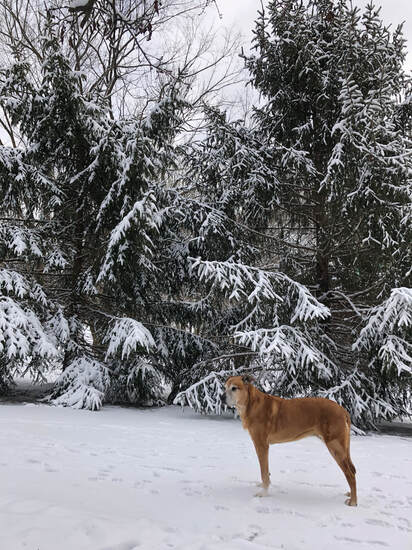 Thankfully, Lucy loves snow as much as I do. Thankfully, Lucy loves snow as much as I do. The words leaped off the cover of the February-March issue of National Wildlife, the magazine of the National Wildlife Federation. Looking directly at me on the cover was an adorable young American marten—a tawny brown weasel with a bushy tail, a species I knew nothing about that evidently builds tunnels under the snow for warmth and easy hunting. The phrase stayed with me—“The Solace of Snow”—as I awaited a little snowfall here in central Kentucky. This morning, I awoke to Kentucky’s version of a winter wonderland. Out walking Lucy, I talked to a neighbor who was headed to Florida for some sunshine and golf. The mail carrier stopped to chat and said she’d be fine if this were the last snow she ever saw in her life. I piped up, saying, “I’d like to have snow on the ground from December 1 to March 31”—and the conversation abruptly stopped. They stared at me. My undying love for snow is not popular. A snowfall calms me. It purifies the landscape, covering all the world’s blemishes, all the ugliness, all the winter rot. I love the crisp, cold air. I love crunching through the snow or kicking up the powder. A beautiful snowfall renews me, the way crocuses pushing through the snow might give others hope. For me, snow does indeed offer solace, something that has been in short supply over the last months. Reading the article “A Fading Winter Blanket,” I learn how diminishing snowfall is affecting a wide range of animals, from the marten to the polar bear to ruffled grouse to the tiny Karner blue butterfly in upstate New York, which lays its eggs on the stems of wild blue lupine, expecting them to be warmed and protected by persistent snowpack all winter. As the earth has warmed, that hasn’t been the case, so the Karner blue butterfly population is at risk. Polar bears are struggling to find the deep snow needed for birthing dens. Mountain goats in the American West seek increasingly rare patches of snow year-round to prevent them from overheating. The natural world as we know it depends on snow, for a wide variety of reasons. As our weather becomes more extreme—too much snow in some places, too little elsewhere, glaciers melting, sea levels rising—many species suffer. Some will adapt. Some will disappear. We’ll grieve them when it’s too late. Meanwhile, I’ll keep longing for the blanketing snows of my childhood, for long days on the sledding hill and soaking wet snow gear draped around the house. For the break in routine that a heavy snow compels—the only excuse you need to revel momentarily in its enchanting beauty.
5 Comments
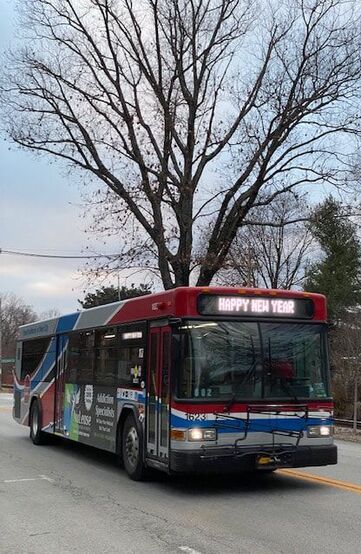 Joe Ford, of Louisville, Ky., may have found what we're all looking for. If you would like to submit a post to Clearing the Fog, please contact us here. What? I can just take a bus to a happy new year? No diets, no yoga, no therapy, no counseling? I found you do have to be careful though, about where you want to go. This destination rotates with, say, “18th and Broadway.” If you get on when it says “18th and Broadway,” you end up at, well, 18th and Broadway. That may be OK if that’s what you want. Ahh, but the bus to Happy. Catch it if you can. Where should you get off, you say? Indeed. But don’t you know? 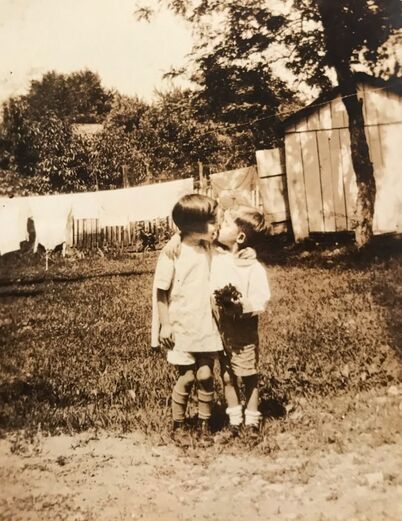 Mary Marrs Board and David Caddell. Photo provided by Anne Simmons. Mary Marrs Board and David Caddell. Photo provided by Anne Simmons. Over this year of disruption and isolation and sorrow, I have heard many people say they intended to dedicate some of the time they were stuck at home to sorting through family photos. While I seem to have frittered away all those months with nothing to show for it, some of you apparently followed through. A week ago I was delighted to receive an unexpected text from a former classmate and old friend, Anne Moffett Simmons, who I hadn’t heard from in decades. Attached were photos that she and her sister had discovered while going through family albums. One photo shows my mother, around age six, with her arm around the younger David Caddell, Anne's uncle, as he sneaks a kiss. In another photo, there's my mother sitting next to her friend Dot (Dorothy) Caddell, Anne’s mother and David's twin sister. David stands to the left, looking a little sheepish, and my mother’s cousin, George McWilliams Jr., is on the right, seemingly disinterested in all the commotion. I cannot explain the sheer joy that photo elicited. There was my mother, surrounded by her pals and playmates when she was a very young girl, holding what appears to be a bouquet of flowers. She’s smiling at the person taking the picture, whom she seems to completely trust to capture her pleasure in the moment. Dot looks like she can barely tolerate sitting still for these ridiculous shenanigans and is already plotting her next move. The boys stand as unwilling sentinels on either side. It’s only since I began working on Next Train Out that I have become more fully cognizant of the depth of sadness my mother endured in her lifetime. The loss of her husband in mid-life was just the final blow. There had been the loss of two children and her mother while she was hundreds of miles away from family. The permanent absence of her father who had never bothered to contact her after disappearing shortly after she was born. And, after returning to her hometown to raise her two daughters, the eventual recognition that her old friends had largely moved on with their lives. While I can recall moments when my mother laughed or acted a little silly, those were few. By the time I was old enough to pay attention, she seemed more commonly somber and somewhat melancholy. It has taken me a lifetime to reflect on why that was. But in this photo she radiates happiness. Happiness to be seated beside her friend Dot. Happiness that she's the focus of someone's attention. Happiness that someone wants to take her picture. I wish I could ask that little girl what she’s thinking. As you come across family photos while sorting through the detritus of your rich and complicated lives, I encourage you to consider who else might relish a glimpse into the moments captured by the camera. Because our connections with others have been so restricted over the past year, many of us are aching for a little time with those we love. You might be surprised how healing it can be to have your emotions stirred, even by a black-and-white photo from a time long ago. 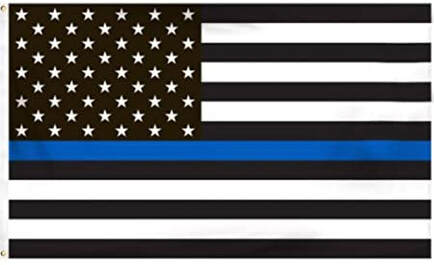 Ed Lawrence found the Thin Blue Line flags at the Capitol insurrection on January 6, 2021, the most troubling. According to Wikipedia, the phrase “typically refers to the concept of the police as the line which keeps society from descending into violent chaos.” Ed Lawrence found the Thin Blue Line flags at the Capitol insurrection on January 6, 2021, the most troubling. According to Wikipedia, the phrase “typically refers to the concept of the police as the line which keeps society from descending into violent chaos.” Ed Lawrence, of Frankfort, Ky., shares his response to the images of January 6, 2021. If you would like to submit a post to Clearing the Fog, please contact us here. In the wake of last Wednesday’s events, my preferred media outlets have been spewing a lot of powerful words (also words related to power) like tyranny, sedition, rebellion, revolution, coup, conspiracy, and insurrection. I felt like insurrection might be the right word to describe the mob effect of that day in our history. I asked my Google Home device for a definition. “Violent uprising against a government or authority” seemed to me to best fit the bill for my perception of what happened. As I watched the video clips of the insurrection over and over again, I started focusing on the flags waving in the air. In 2020 I took a class in visual rhetoric and so I began doing an amateur rhetorical analysis on the flags carried by the insurrectionists. Of course, there were many Trump flags, which would be natural given the person who incited the insurrection. I feel like those carrying those flags were self-appointed members of the Trump militia. Those carrying the American flag clearly felt it was their patriotic duty to bring back an America that only exists in their imaginations. A country that is solely white, Christian, and English speaking. I noticed a couple of state flags: Florida and New Mexico to be precise. Were there Arizona, Georgia, and Pennsylvania flags? I can only suppose the carriers were making a case for states’ rights. Media personalities kept saying the insurrection was surreal. My response to that was that they had never dropped acid. The insurrection was real, not surreal. Then I saw the huge flag bearing the name JESUS in bold letters. Is Jesus really prepared to run our government? I mean no disrespect to Jesus or to Christians of any stripe, but why was Jesus represented at the insurrection? The Jesus flag did seem surreal. And then there was the Confederate flag in the Capitol. I understand why most people in this country were incensed by the sight. But for me, I travel the backroads of Kentucky making landscape photographs and come across Confederate flags so often, I’m numbed to outrage. The flag that has me outraged is the flag of the Thin Blue Line. Why did I spot several policemen’s flags at the insurrection? Were police really in attendance trying to overthrow our government? I thought police take an oath to serve and protect, not riot and insurrect. Today, the breaking news is that many Capitol police aided and abetted in the insurrection. Troubling indeed, but I still think about local police who were there. And with that thought, how many of them were complicit in the murder of Black citizens of our country? I’m generally not one for retribution, but I hope those carrying the flag of the Thin Blue Line are found and banished from policing forever. 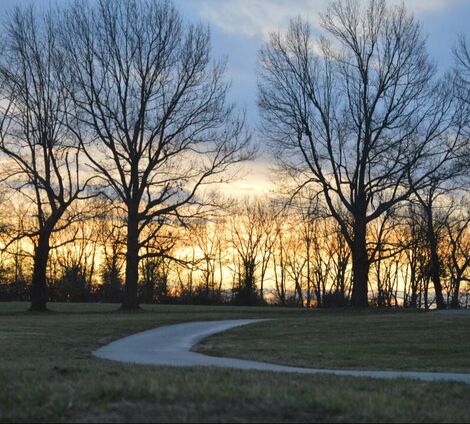 Will 2021 offer us renewed hope? Photo by Rick Showalter. Will 2021 offer us renewed hope? Photo by Rick Showalter. I already didn’t much like 2021. My dog had been mysteriously ill for days, not eating, never moving off the sofa. A buck mistook the side of my moving car for a toreador’s cape. I longed to talk to friends who were struggling with impossible family situations, but understood that they didn’t need my meddling. I was stressed. And that was before the insurrection that has roiled our U.S. Capitol building since early afternoon. Today, our president incited mob violence that spilled into our halls of governance, where Republican members of Congress were arguing that an election certified by all 50 states was fraudulent. A woman who was shot has died. Our elected officials were whisked to bunkers or barricaded in offices. As evening falls, some of the mob has dispersed, but officers of the law are still working to secure the area. Our nation is even more broken than most of us can grasp. It will not be fixed in 2021. It will take patient, united efforts from government officials and citizens alike over a very long time. Meanwhile, the coronavirus rages on. Yesterday we once again recorded the highest number of deaths and hospitalizations since the beginning of the pandemic. Over the holidays, friends and relatives across the country avoided family members rather than gathering in quiet celebration. Some couldn’t hold the hand of an aged parent. Couldn’t race to the emergency room with a spouse. Had to initiate difficult conversations via phone. Here in Kentucky the damp gloom seems to have settled permanently over our lives. 35 degrees. Drizzling. Without end. I have found myself sapped of all purpose, feeling helpless amid the continuing horror. Then, as the drama unfolded at the U.S. Capitol, we learned that Georgia voters had successfully finished the job that we voters in Kentucky couldn’t: breaking Mitch McConnell’s grip on the U.S. Senate. Glory be, they did it. They did it despite ongoing voter suppression in Georgia. They did it thanks to an enormous commitment by a dedicated few to register new voters and trumpet the importance of these elections. In November 1872, Samuel [George] Hawkins, a Black Kentuckian working to register voters in Fayette and Jessamine counties, was accosted by a mob of white men associated with the Ku Klux Klan. Hawkins, his wife, and his daughter were all taken from their home and murdered by the mob, leaving behind six younger children.* Newspaper accounts vary as to whether their executions were by hanging or by drowning. Whatever the grisly tactics, white Democrats weren’t going to allow Black Republicans to “steal” the election from their candidate, New York newspaper publisher Horace Greely. Despite their efforts, incumbent Republican President Ulysses S. Grant won. In November 1900, three men in Bourbon County, Ky., carried out a scheme on behalf of the local Democratic party that lured Black men into games of craps. Over 60 Black participants were then arrested and jailed long enough to prevent them from voting in the November 6 presidential election.** The Republican won anyway, when incumbent President William McKinley defeated his Democratic challenger, William Jennings Bryan. And in 2021, despite newly creative efforts at voter suppression—including, perhaps, allowing a pandemic to race unchecked through minority communities—the voices again could not be extinguished. They could not be hidden under a bushel. The people have spoken. Amid the shocking images we have watched today, perhaps there are still glimmers of the hope that we are all searching for in 2021. The sun is still hiding, but if our nation can navigate the next 14 days, perhaps we can finally shift course. We can try something different. Perhaps this year we can try compassion, humility, and respect while serving others. Earlier today, I foolishly imagined that might be enough. Tonight, I’m clinging to the idea that this change in leadership may at least present a first step toward gluing together the shattered pieces this administration will leave behind. *George C. Wright, Racial Violence in Kentucky, 1865-1940: Lynchings, Mob Rule, and “Legal Lynchings,” Louisiana State University Press, 1990, p. 51.
**“Conspiracy to Oppress and Injure the Negroes,” Morning Herald (Lexington, Ky.), November 2, 1900. |
Details
Archives
June 2023
Categories
All
|

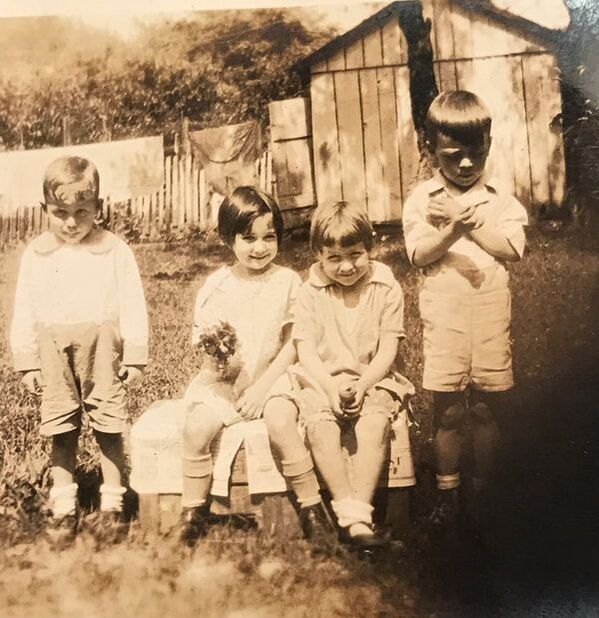
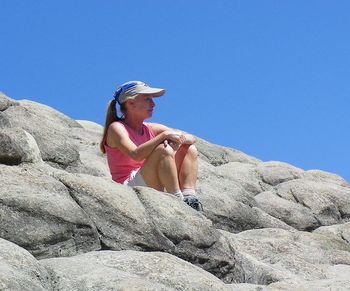
 RSS Feed
RSS Feed